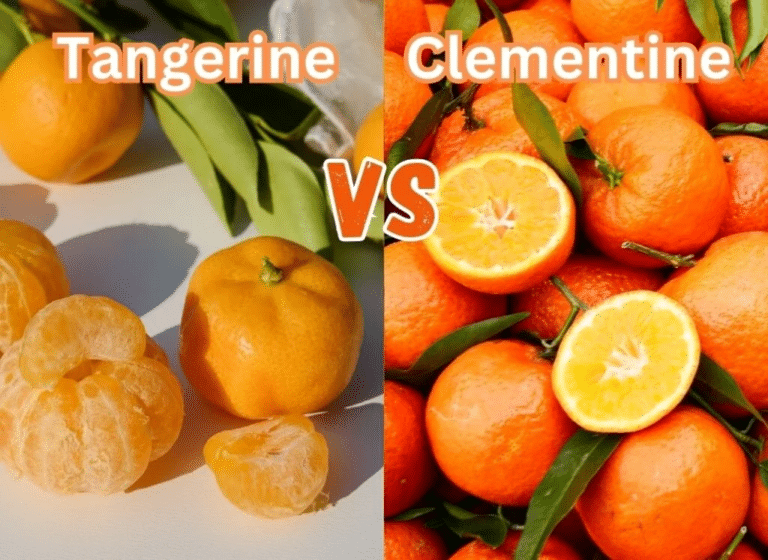Clementine vs Tangerine: Unraveling Their Origins, Nutritional Benefits, Varietal Differences
– Tangerines and clementines are both hybrids of the mandarin fruit.
– They have similar characteristics, such as small size, few to no seeds, sweet flavor, and easy-to-peel skin.
– Tangerines are native to Southeast Asia and are often called mandarins in the United States.
– Tangerines have a darker reddish-orange, soft, pebbly skin.
– Clementines are another variety of mandarin and are slightly smaller in size with a brighter orange color and smoother, shinier skin.
– Clementines are even easier to peel than tangerines.
– Both tangerines and clementines are more cold tolerant than larger orange varieties and are available from November through April.
– Tangerines and clementines have a very similar nutritional profile, providing carbs but minimal amounts of protein and fats. Both contain 40 calories, 1 gram of protein, less than 1 gram of fat, and 10 grams of carbs in an average-sized piece.
– Tangerines and clementines are both small fruits packed with vitamin C.
– Clementines have more vitamin C than tangerines, providing more than a full day’s worth of vitamin C when eating two.
– Both fruits contain carotenoid compounds, acting as vitamin A precursors and antioxidants.
– The major carotenoid in mandarin oranges (tangerines and clementines) is beta-cryptoxanthin.
– Eating the whole fruit provides more carotenoids than drinking the juice.
– Both fruits contain flavonoids such as naringin and hesperidin, which have anti-inflammatory and cardiovascular benefits.
– 65-70% of the fiber in both fruits is soluble, benefiting digestion and potentially lowering cholesterol levels.
– Eating either fruit can boost vitamin A levels and provide benefits for heart, digestion, and bone health.
– The article discusses the similarities and uses of clementines and tangerines. Both fruits are easy to eat as a snack and can be added to salads.
– The article suggests that the peels of both fruits can be used in cooking and to make tea.
– It also provides a recipe for making tangerine or clementine marmalade.
– The article notes that both fruits are perishable and should be consumed quickly, with refrigeration helping to extend their freshness.
